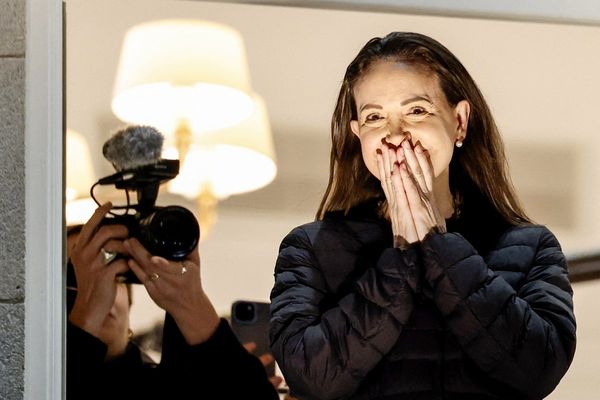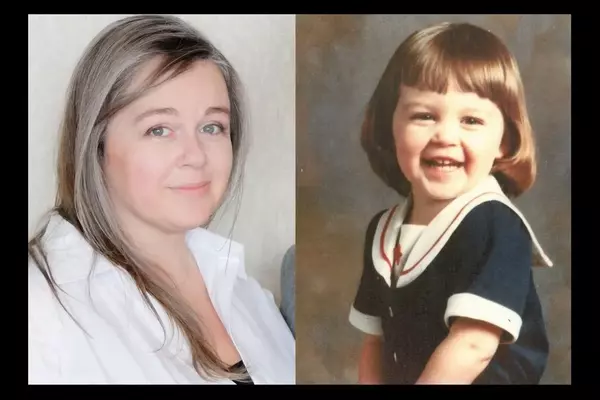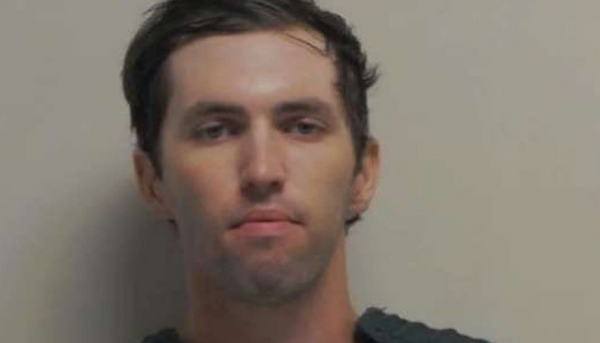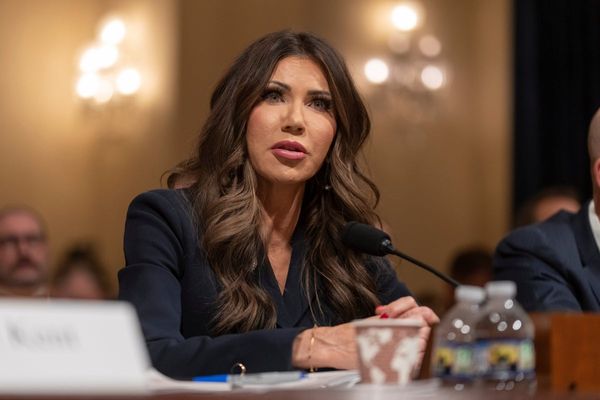
- Tesla is planning to launch its robotaxi service in June.
- The automaker has been testing a small fleet of driverless Model Ys ahead of the launch.
- CEO Elon Musk says that the company has had no incidents during its testing so far.
If you've driven through Austin, Texas in the past two years, you've probably seen those driverless Waymos roaming the streets. They'll soon have some new competition in town. Tesla has promised to unleash a fleet of driverless Cybercabs very soon, and testing may already be underway.
According to the CEO, the automaker has been testing its Model Y robotaxis—with no safety drivers—for "several days."
Tesla promised to launch its robotaxi service in June earlier this year, so it should come as no surprise that the automaker is working on the last steps needed to ready its fleet for the roads. Musk says that this particular round of testing began about "a month ahead of schedule," which backs up rumors that the pilot service is planned for a mid-June launch (recent reports suggest June 12th is the magic day).
Keep in mind that ahead of schedule is still behind the original promise of a million robotaxis on the road by the end of 2020, and several other related unfulfilled promises since.
The company plans to do a slow roll out. Tesla says that it plans to geofence the cars to the "safest" parts of Austin, with only approved riders, which represents a major shift for the automaker's typical silicon valley approach of move fast and break things. I guess when more liability is involved and there's nobody behind the wheel to take the blame when something goes wrong, safety becomes a bigger priority.
Tesla is expected to gradually roll out its service with a small number of Model Ys owned by Tesla—likely somewhere between 10 and 12 vehicles. Musk has previously said that he believes the program "will probably be at 1,000 [cars] within a few months." Meanwhile, the company is working to hire a small army of human teleoperators responsible for monitoring the fleet should something go awry or the car become confused.
Federal regulators are seemingly in the dark to all of this. Earlier this month, the National Highway Traffic Safety Administration sent Tesla a lengthy list of questions to answer about the services it plans to offer in Austin and beyond.
Critics are already to jump at Tesla's first mistake. After all, the automaker has been promising a fully autonomous cross-country drive for the better part of a decade and has yet to deliver, all while its CEO called lidar—the headwind behind the success of Waymo's tech stack—a crutch. Hopefully Tesla's trial comes out of its testing with no major issues, but if Cruise taught the world anything, it's that an automaker can spend $10 billion on a self-driving arm only to shutter it over difficulties instead of scaling it up. But with the company's future riding on it, that may not be an option for Tesla.







